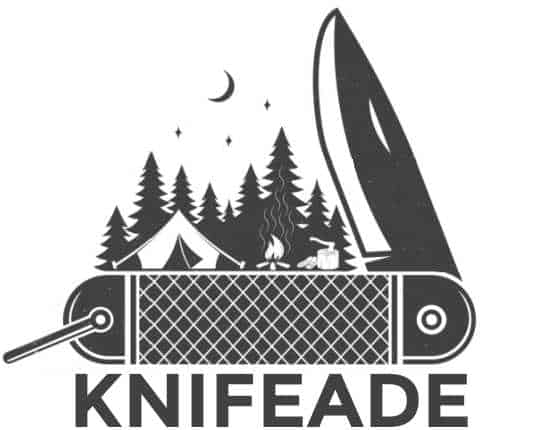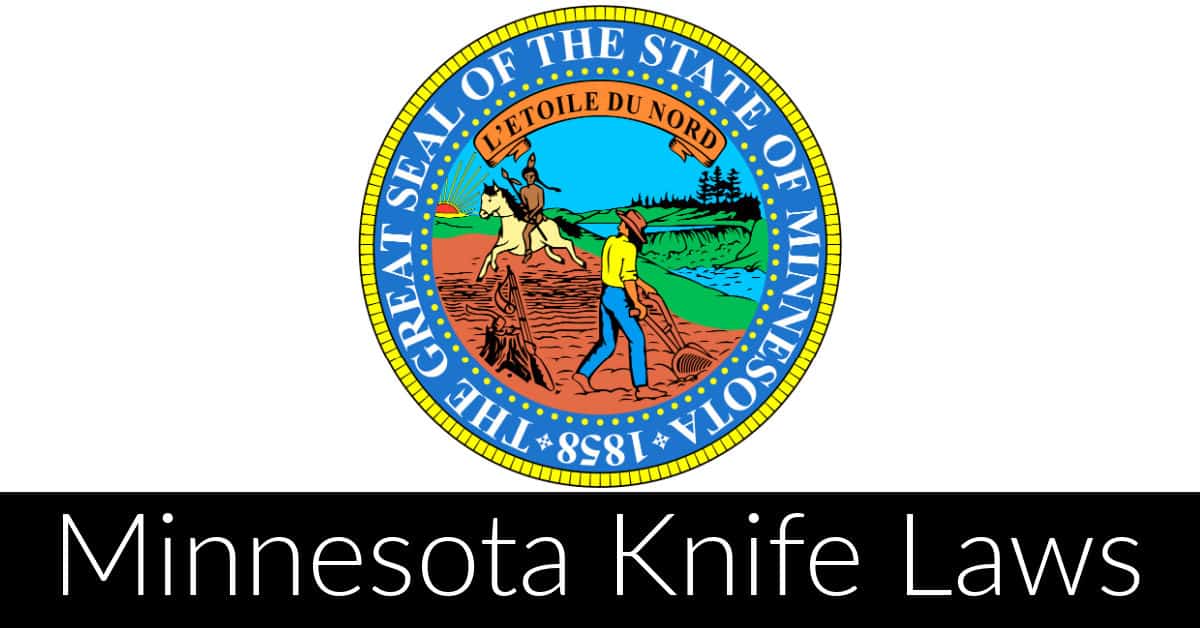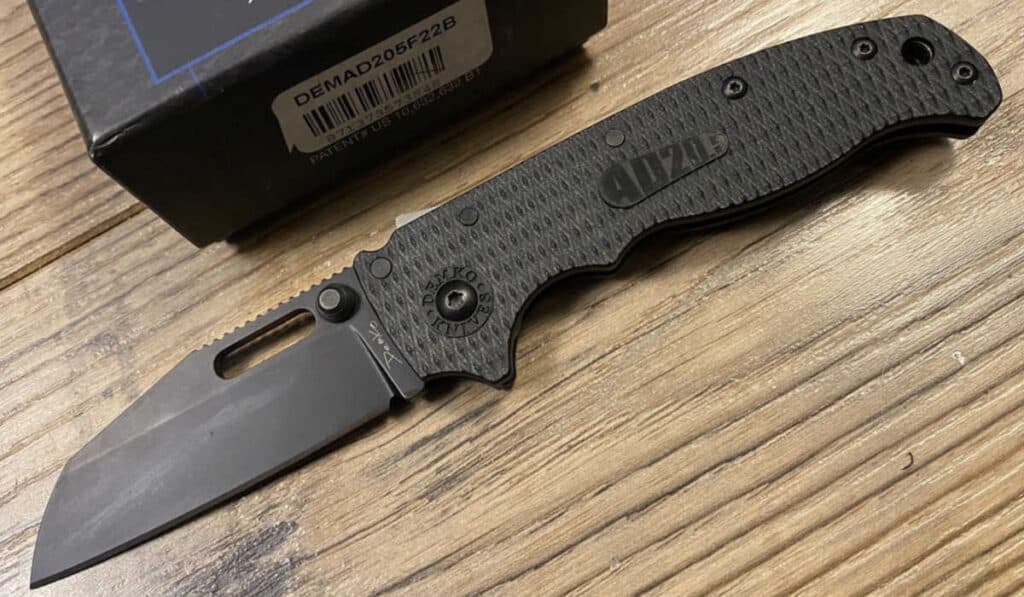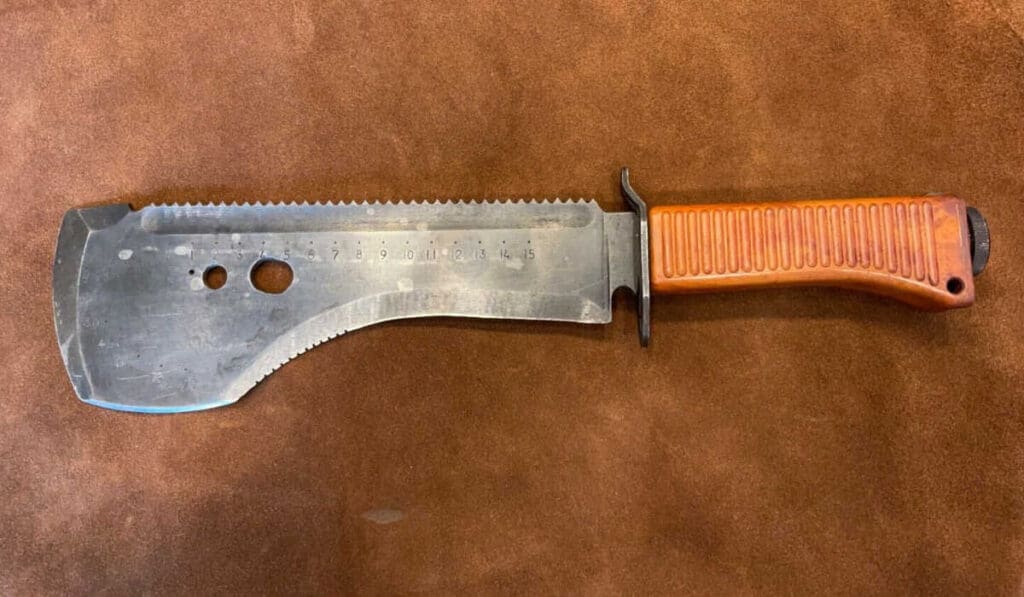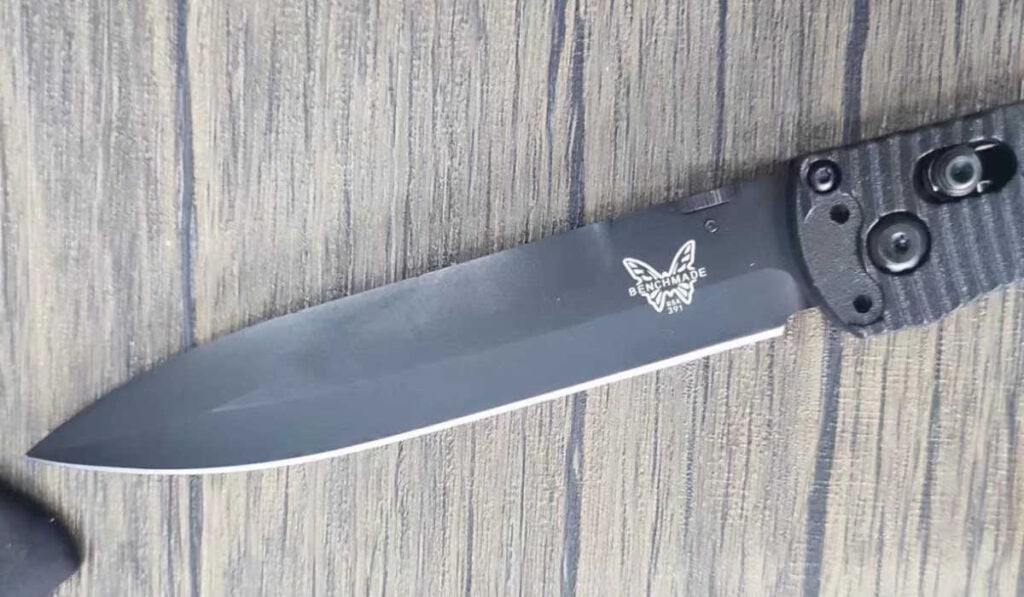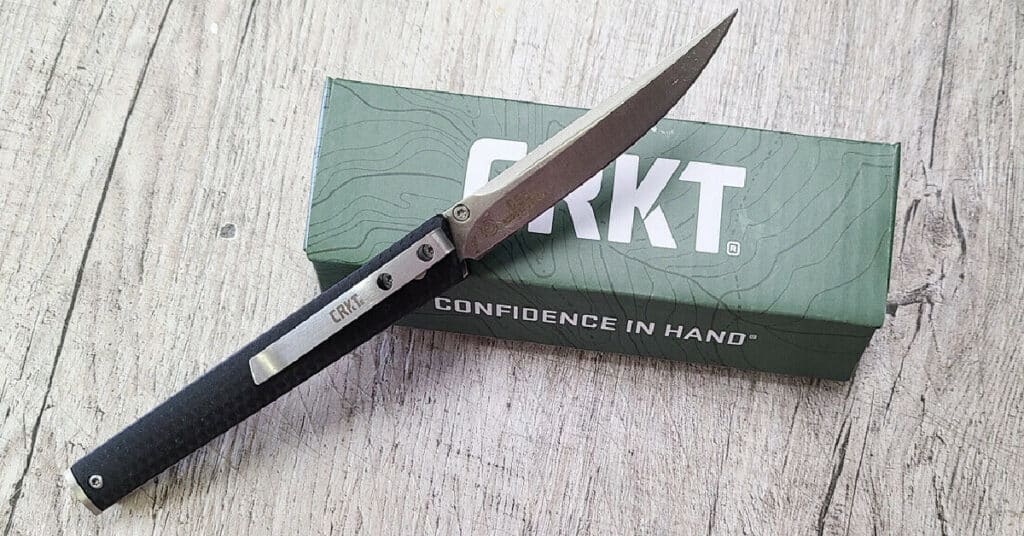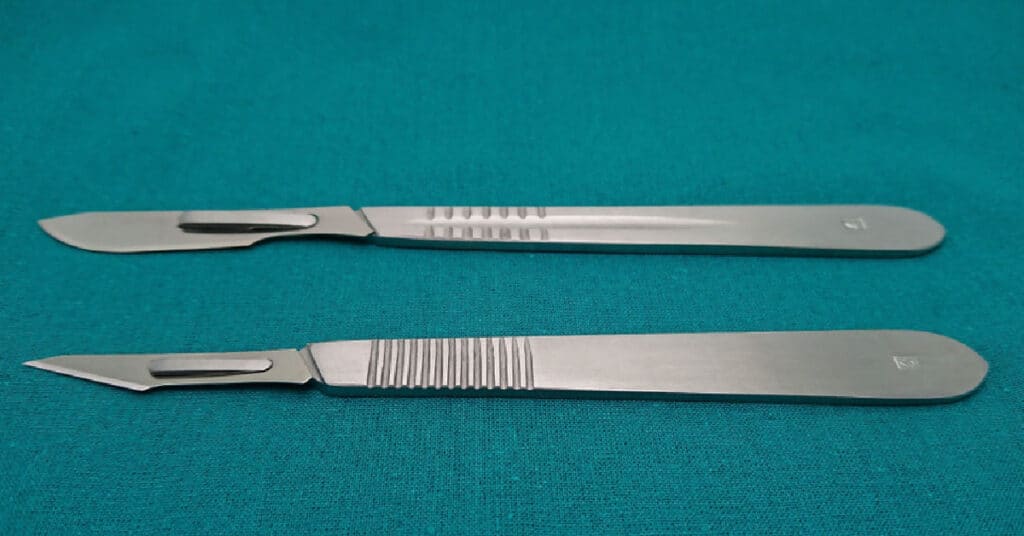Last updated on October 21st, 2023 at 01:17 am
As an Amazon Associate I earn from qualifying purchases.
Minnesota is home to fishers and hunters who often use knives as a tool. However, the use of knives within gangs and other criminal activities has forced the government to regulate the use of knives. Knife laws are mainly a state issue, and each state has its own rules.
In Minnesota, knife laws are fairly strict, especially concerning automatic knives. To ensure that you remain on the right side of the law, here is what you need to know about knife laws in Minnesota.
Our Top Rated “50-State-Legal” Knives
*These knives are listed based on their broad legality across states, but always consult your local laws before making a purchase.
Is There A Statewide Preemption For Knife Laws In Minnesota?
Statewide preemption refers to a state law that prevents local jurisdictions from enacting or enforcing their own, potentially stricter, regulations on a particular subject. When a statewide preemption exists, this ensures a uniform set of rules across the entire state, creating consistency and eliminating potential confusion or legal pitfalls as individuals move from one local jurisdiction to another.
Minnesota does not have a statewide preemption for knife laws. This means local cities, towns, and municipalities are free to enact and enforce their own knife laws that can be more restrictive than state laws.
Legal Knives in Minnesota
Below is a list of legal knives in Minnesota:
- Balisong or butterfly knives
- Bowie knives
- Lipstick knives and other “knives disguised as other things”
- Stabbing knives like dirks, stilettos, and daggers
- Throwing knives
Note two important points:
First, according to the law, under the Dangerous Weapons section, it is an offense to manufacture, transfer, or possess a switchblade, which is defined as a knife opening automatically.
Second, the law defines a dangerous weapon as any loaded or unloaded firearm, or any device designed as a weapon capable of causing death or great bodily harm, including flammable or combustible liquids designed and intended to cause harm.
How Does Minnesota Define a Switchblade or Switchable Knife?
The definition of a switchblade in Minnesota law is not well-defined. However, it is generally understood to be a knife that opens automatically, and possessing, manufacturing, or carrying such a knife is considered an offense.
What Knives are Illegal in Minnesota?
In Minnesota, manufacturing, transferring, or possessing a switchblade or automatic knife is a misdemeanor. The law does not specifically mention other types of knives as being illegal, although carrying any knife with the intent to harm is illegal.
Minnesota Knife Length Laws
There isn’t a specific blade length restriction at the state level in Minnesota, but some local jurisdictions have their own restrictions. For example, Minneapolis has a blade length restriction of four inches, and in Woodbury, the limit is three inches.
Minnesota Knife Laws by Demographic
How Old Do You Have to Be to Carry a Knife in Minnesota?
Minnesota law does not specify an age restriction for carrying knives; however, local jurisdictions may have their own restrictions.
Can a Felon Carry a Knife in Minnesota?
Felons are prohibited from carrying dangerous weapons, including automatic knives. However, they can own and carry other types of knives unless they have a weapon possession charge.
Can You Open Carry a Knife in Minnesota?
Yes, in Minnesota, you can openly carry any legal knife.
Can You Conceal Carry a Knife in Minnesota?
Yes, concealed carry of any legal knife is allowed in Minnesota, as concealment is not considered an issue under state law.
Are Butterfly Knives Legal In Minnesota?
Yes, butterfly knives are legal to own, carry, and use in Minnesota.
Are OTF (Out-the-Front) Knives Legal In Minnesota?
OTF knives fall under the category of automatic knives, which are illegal to possess, manufacture, or carry in Minnesota.
Are Gravity Knives Legal In Minnesota?
Minnesota law does not explicitly address the legality of gravity knives. However, like any other knife, carrying a gravity knife with the intent to harm is illegal.
Minnesota State Knife Law References
Official Sources of Minnesota’s Knife Laws
Minnesota’s knife laws can be found in the following sections of the Minnesota Statutes:
- Section 609.02: Defines a dangerous weapon and mentions that carrying any dangerous weapon with an intent to harm others is illegal. However, it is legal to own and carry all types of knives (except switchblade knives with automatic openings) without any unlawful intention.
- Section 609.66: Addresses offenses related to dangerous weapons including the manufacture, transfer, or possession of switchblade knives.
- Section 625.16: Pertains to carrying dangerous weapons.
Prominent Court or Criminal Cases Featuring Knives:
| Case Name/Title | Summary |
|---|---|
| In re the Welfare of C.R.M., child | Set the precedent for when a knife is brought to school. The Minnesota Supreme Court reversed a decision that found C.R.M guilty of bringing a knife to school. |
| In re Expulsion of A.D. from United S. Central Pub. Schs. | A student was expelled for six weeks for having a pocketknife in her purse in her locker, but the court of appeals reversed the expulsion, stating the student didn’t willfully violate the District’s weapons policy. |
Timeline of Major Changes in Minnesota’s Knife Law:
- April 5, 2017: Knife Rights’ bill HF2567 introduced to remove the ban on switchblade knives in Minnesota, which would remove “a switchblade knife opening automatically” from Minnesota statute 609.66 (1).
- July 1, 2017: Law changed to allow the carry of knives with blades less than 12 inches long without a permit. This law also permitted Minnesotans to carry knives of any size on their boats and snowmobiles, with certain restrictions for public buildings and airports.
- February 15, 2021: Minnesota State Senator Paul Utke and Representatives introduced constitutional amendment bills SF 1026 and HF 824 for the right of people to acquire, keep, possess, transport, carry, transfer, and use arms including knives among other weapons.
Conclusion
Do Sheepsfoot Blades Have A Purpose? (Cuz They’re Ugly…)
Spetsnaz Machetes – Blades Of The Russian Special Forces
What Is The Actual Purpose Of A Spear Point Knife Blade?
CRKT CEO Review – Coolest, Most Worthless Knife Ever?
How Sharp Is A Scalpel? (Is It Sharper Than A Razor?)
Can You Shave With A Knife? (Yes, Here’s How)
As an Amazon Associate I earn from qualifying purchases.
